Photo Gallery for Cleora sublunaria - Double-lined Gray Moth | 107 photos are available. Only the most recent 30 are shown.
|
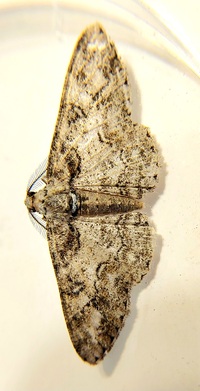 | Recorded by: Mark Basinger on 2024-04-06
Brunswick Co.
Comment: | 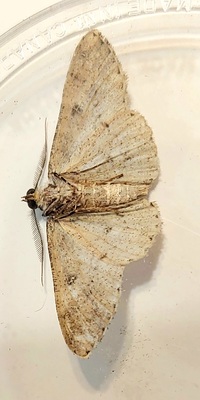 | Recorded by: Mark Basinger on 2024-04-06
Brunswick Co.
Comment: |
 | Recorded by: David George, Jeff Niznik on 2024-04-01
Chatham Co.
Comment: |  | Recorded by: Jim Petranka and Becky Elkin on 2024-03-31
Madison Co.
Comment: |
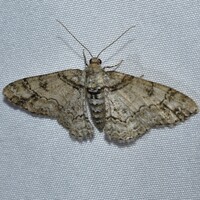 | Recorded by: Stephen Dunn, Jeff Niznik, David George on 2024-03-31
Orange Co.
Comment: | 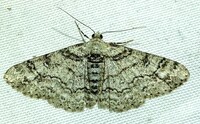 | Recorded by: Dean Furbish on 2024-03-30
Wake Co.
Comment: |
 | Recorded by: Dean Furbish on 2024-03-23
Wake Co.
Comment: | 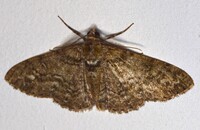 | Recorded by: Stephen Dunn on 2024-03-17
Orange Co.
Comment: |
 | Recorded by: Emily Stanley on 2024-03-16
Buncombe Co.
Comment: |  | Recorded by: R. Newman on 2024-03-14
Carteret Co.
Comment: |
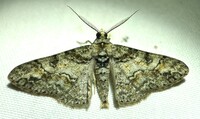 | Recorded by: Dean Furbish on 2024-03-13
Wake Co.
Comment: | 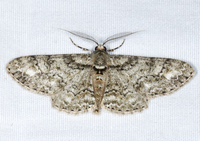 | Recorded by: John Petranka on 2024-03-11
Bladen Co.
Comment: |
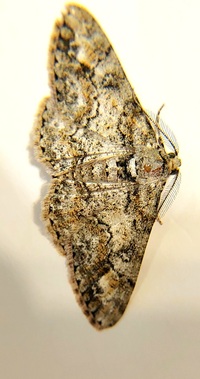 | Recorded by: Mark Basinger on 2024-03-10
Brunswick Co.
Comment: | 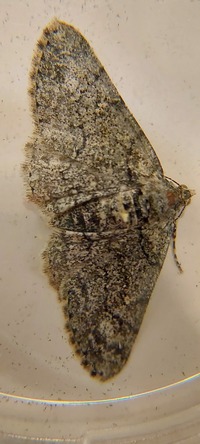 | Recorded by: Mark Basinger on 2024-03-09
Brunswick Co.
Comment: |
 | Recorded by: Mark Basinger on 2024-03-08
Brunswick Co.
Comment: |  | Recorded by: Dean Furbish on 2024-03-08
Wake Co.
Comment: |
 | Recorded by: R. Newman on 2024-03-07
Carteret Co.
Comment: | 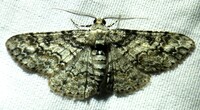 | Recorded by: Dean Furbish and Joy Wiggins on 2024-03-07
Wake Co.
Comment: |
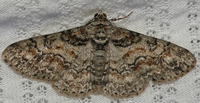 | Recorded by: Chuck Smith on 2024-03-05
Davidson Co.
Comment: | 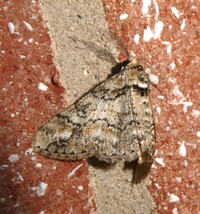 | Recorded by: Simpson Eason on 2024-03-05
Durham Co.
Comment: |
 | Recorded by: Dean Furbish and Joy Wiggins on 2024-03-05
Wake Co.
Comment: | 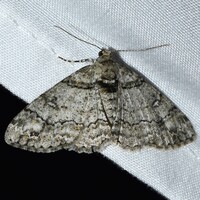 | Recorded by: David George, Jeff Niznik on 2024-03-04
Durham Co.
Comment: |
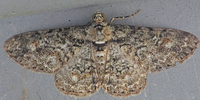 | Recorded by: Chuck Smith on 2024-03-03
Davidson Co.
Comment: |  | Recorded by: Jeff Niznik, Stephen Dunn on 2024-03-03
Orange Co.
Comment: |
 | Recorded by: Simpson Eason on 2024-02-26
Durham Co.
Comment: |  | Recorded by: David George, Stephen Dunn on 2023-03-26
New Hanover Co.
Comment: |
 | Recorded by: Dean Furbish and Joy Wiggins on 2023-03-24
Wake Co.
Comment: |  | Recorded by: Chuck Smith on 2023-03-18
Davidson Co.
Comment: |
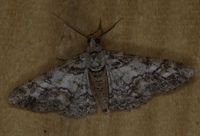 | Recorded by: Stephen Dunn on 2023-03-16
Orange Co.
Comment: |  | Recorded by: John Petranka on 2023-03-16
Orange Co.
Comment: |
|